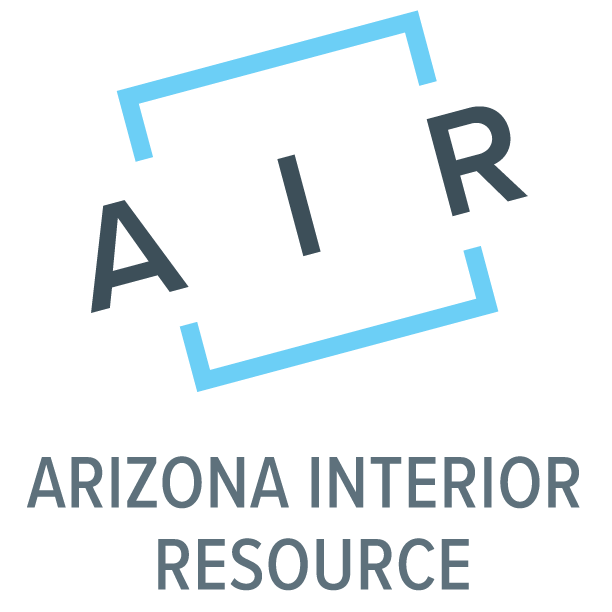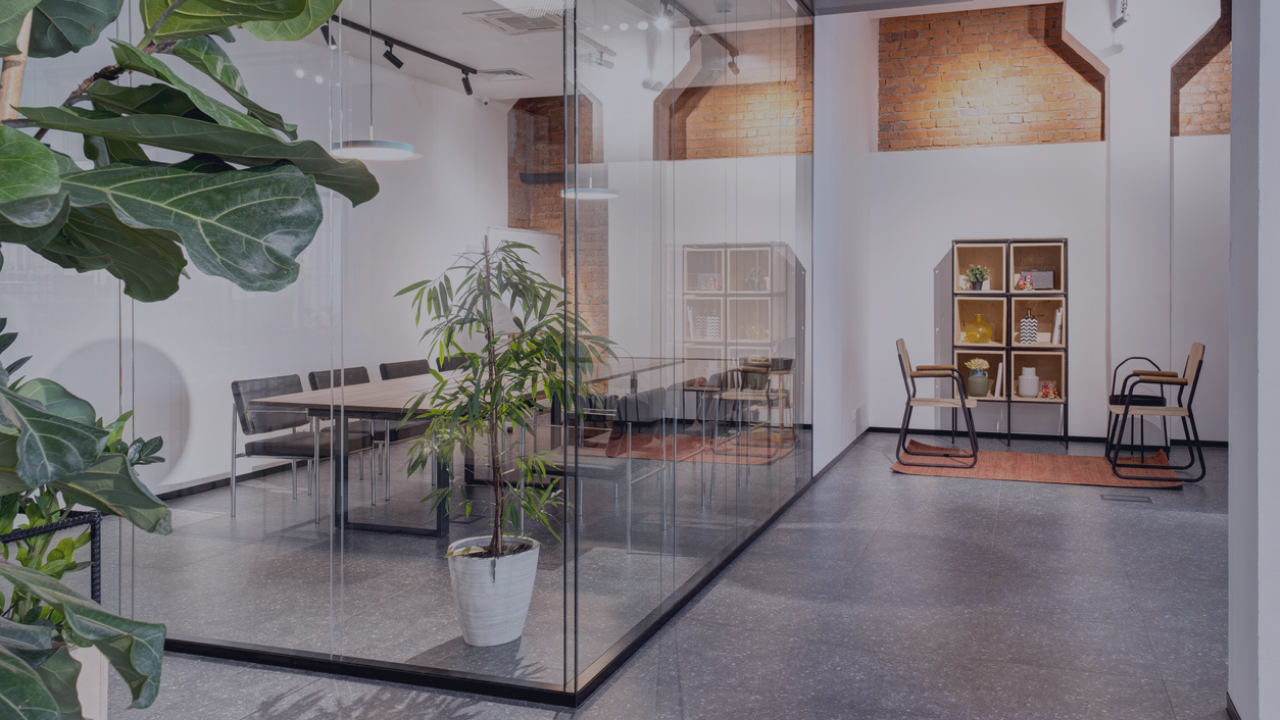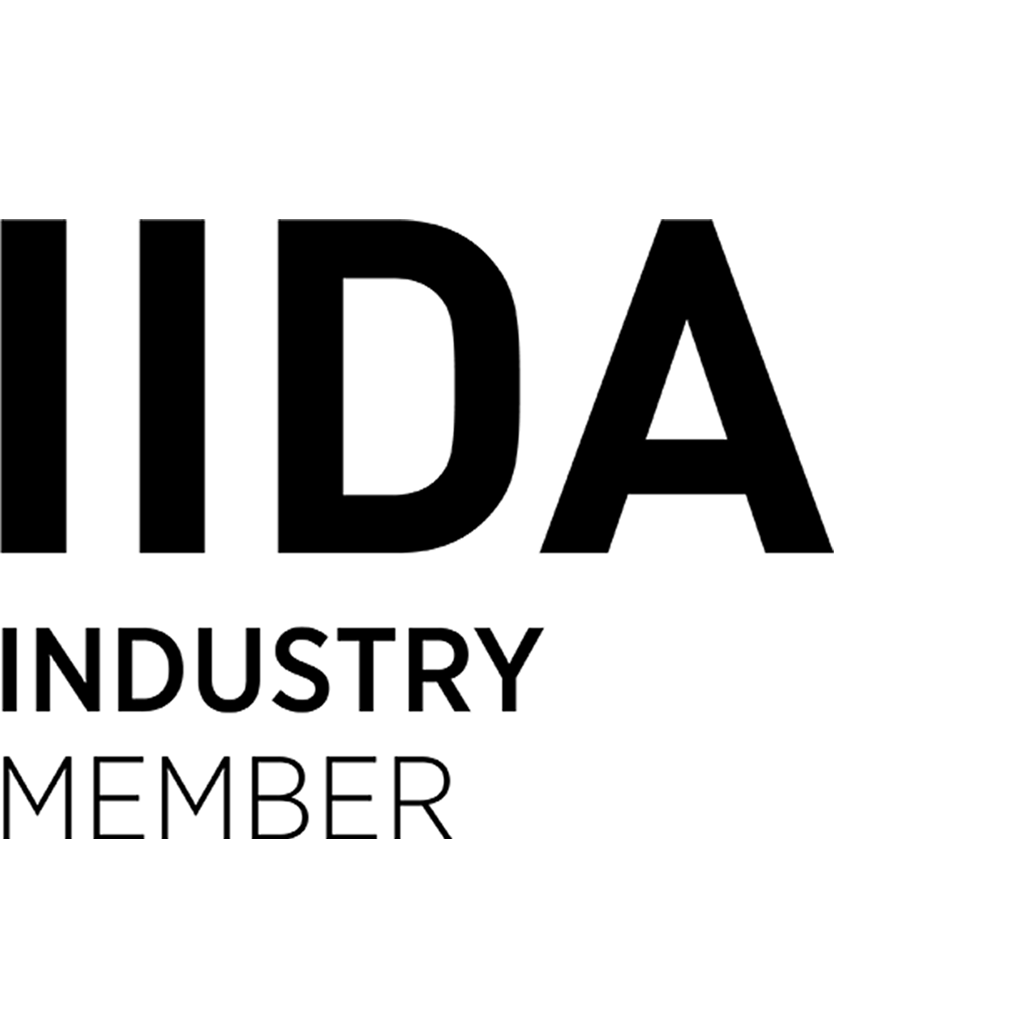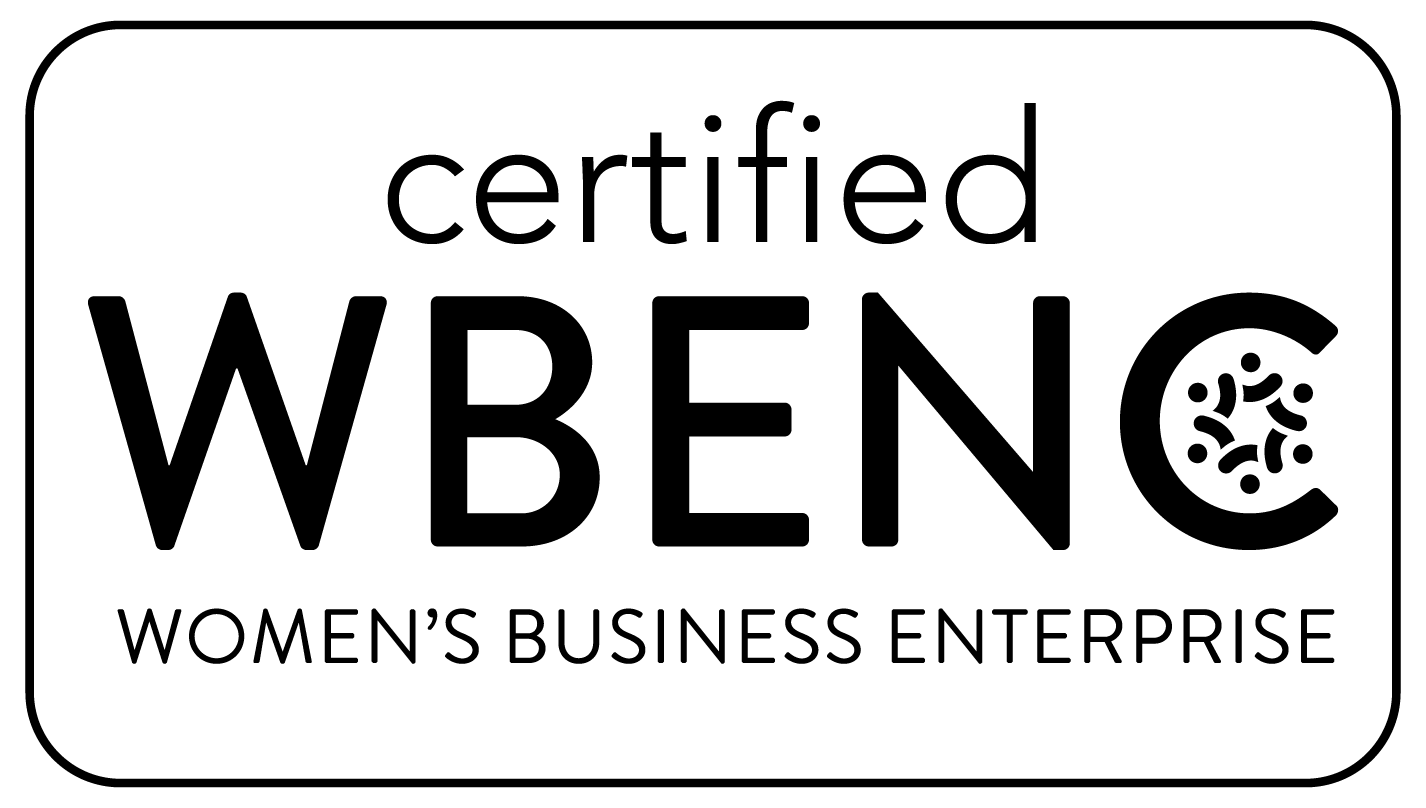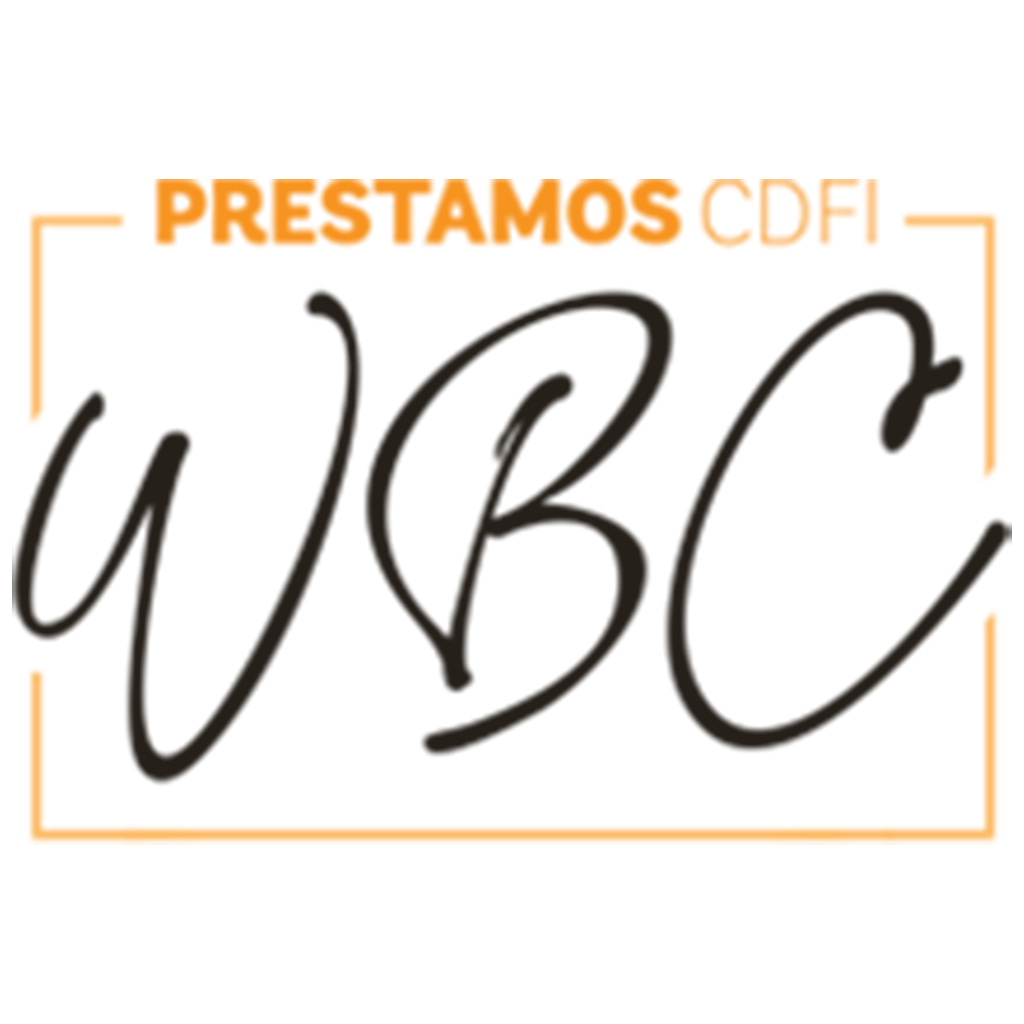What is Being Lost at the Office?
Do not waste another day, get on your game.
I am struggling to get my work done today and I am stressed about it. I can hear my itty-bitty complaint committee whispering, “Stop worrying about your health and get back on track.” I wonder about the source of that conditioned thinking. Because I’m not sick, I’m just sick and tired of people losing stuff. Misplacing little things like your keys or phone can cause you to lose minutes, but when you lose a contract or proposal or key information needed to support an employee initiative or a customer experience, it can be costly to both your income and your well-being. In my practice, I see this often and it’s much more widespread and costly than you think.
The Cost of Disorganization
According to Inc. Magazine, employees waste an average of 4.3 hours every week looking for things that they have but can’t find. Time wasted looking for documents, electronic files, important emails, and other things is lost productivity and money down the drain.
The cumulative cost of disorganization adds up fast when you take each employee's hourly pay rate and multiply it by 166 hours per year. For example: $25/hour X 166 hours = $4,150/year, lost just to looking for things! That is just for one employee earning about $50K/year salary.
In addition to salary dollars, there are soft costs of disorganization that impact business performance and success. Consider the lost revenue from hidden costs such as poor customer service, and missed sales opportunities due to lack of follow-through, as well as employee burn-out and turnover.
Here are some ways to stay organized when you work:
Schedule Time for Organization
My good friend, Dr. Dennis Deaton suggested I schedule “PEG” time in my calendar each week. PEG is personal evaluation and goal time. It’s a chance to quickly evaluate where you are in relation to your goals and priorities and what you can do to get back on track.
Use Calendars & Reminders
The question is should you use paper or digital planning? It’s up to you. When I’m with a client, I write all my notes. A former mentor said that it’s just good form to write down customer comments. It shows you are engaged and actively listening. But it’s also cognitive. Use what works for you but use it consistently. LinkedIn has a great article about this (5) Paper or Digital Planner? Which One to Choose? | LinkedIn
Clear Out Clutter
Staying on top of clutter is a learned process that often takes years. Remember your backpack in elementary school? Wads and sheets of random papers? Then, you graduated to middle and high school where the stakes were higher, so you used binders and your locker, and then in college, you really honed what worked for you, or maybe not.
Regardless of where you start, the first must to reduce clutter is to learn to quickly decide what is important and what is not, and then act on it. Most of my clients struggling with clutter often pause when deciding. If you’re not sure what is important, ask someone to sit with you as you go through clearing off your desk first. Talking out loud about why it’s important with another often helps to clarify what you need and why.
Maintain Digital Files
Use of digital filing is a best practice, especially if it’s backed up regularly and secure. But it requires processes and procedures including establishing a standard file naming convention. The primary reason for filing is to reduce human errors.
A perfectly organized filing system not only allows you and your staff to find and access files, but also prevents the loss or misfiling of documents. These documents determine the rights and remedies available to you and your customers when there is a dispute or question. Using your process to determine filing by stages of the customer experience or operational and financial steps in your procedure is an ideal way to file.
We use files and sub-files for customers and new opportunities to align with our sales and customer experience policy and practices. This information is easily filed and retrieved because our work in progress always falls into distinct, definable buckets.
Designate Dedicated Workspaces
This has been a topic of debate, is open plan or private office better? There are many pros and cons for both, but for the sake of this article, designating dedicated workspaces can be an incredibly effective strategy for optimizing productivity. By allowing individuals to have a dedicated space or office in which to work creates a sense of ownership and structure that encourages increased efficiency and improved focus.
Furthermore, the ability to define boundaries between professional/personal space can help foster mental clarity when tackling difficult tasks. Additionally, this practice eliminates unnecessary distractions by providing an environment in which individuals are free to concentrate on their work uninterrupted.
Be more productive at work and in life.
Lack of organization could be costing you more than you think. Business owners are experiencing a variety of challenges because of not getting and/or staying organized. Once you apply some of the helpful tips in this article, you’ll begin to realize the positive effect it has on your health, your employees’ well-being, your customer experience, and your bottom line. Do not waste another day, get on your game, and keep those profits coming.
Know that there are resources and people to help. You need someone who can help you answer important questions, who has the experience and resources to take your overall objectives and create a space that can support your purpose, priorities, brand, and vision. If you are an owner or manager planning or thinking about updating your work environment, call or email me for a free consultation. We can help you breathe easier. Jacqui Sabo is the founder of AIR and can be reached at jacqui@airinaz.com or visit our website www.airinaz.com .


